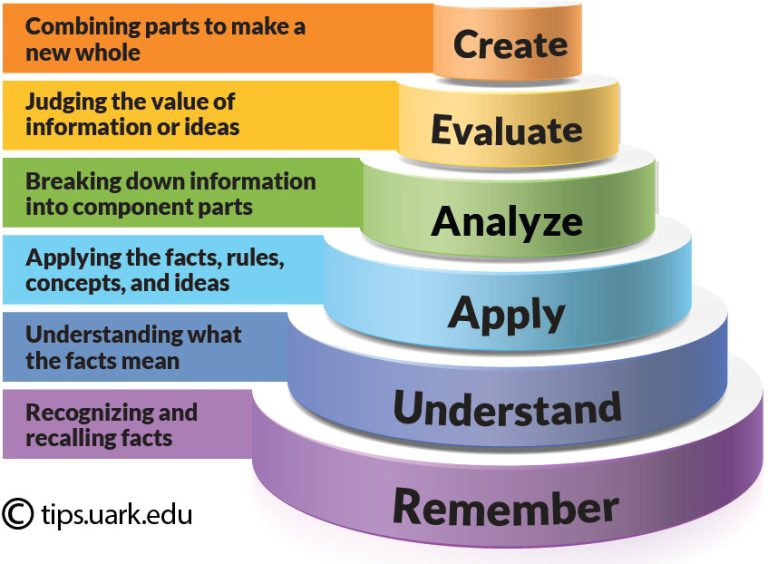Credit: jarda
As the name “Microlearning” suggests, it is a short, focused training. It is normally 2-5 mins in run length (normally not exceeding 7 mins). Although it is short, it is designed to meet a specific learning outcome”.
(Pandey, 2018)
Combining microlearning with Gagne’s 9 Events of Instruction may result in a thorough and successful learning strategy. Gagne’s approach provides a methodical framework for designing teaching, whereas microlearning is focused on and clear way of delivery. Here’s how they might be combined:
Gaining Attention
Microlearning Approach: Create short, attention-grabbing microlearning modules that expose the learner to the material in an engaging manner. To catch the curiosity of viewers, use captivating graphics or brief stories.
Informing Learners of Objectives
Microlearning Approach: At the beginning of each microlearning lesson, explicitly outline the learning objectives. Keep objectives focused on a specific concept or skill that the learner will acquire.
Here are some methods for stating the outcomes:
(Northern Illinois University , 2020)
- Describe required performance
- Describe the criteria for standard performance
- Have learners establish criteria for standard performance
- Include course objectives on assessment prompts
Stimulating Recall of Prior Learning
Microlearning Approach: Within each microlearning lesson, include brief reviews of relevant earlier learning to activate the learner’s current knowledge. Connect new information to previous knowledge.
Presenting the Content
Microlearning Approach: Divide the content into bite-sized chunks and create separate microlearning modules for each subtopic. Use a variety of multimedia elements (videos, text, and photos) to convey information in a concise manner.
Providing Learning Guidance
Microlearning Approach: Throughout each microlearning lesson, provide guidance through clear instructions, examples, and interactive components. Provide resources for additional exploration to encourage self-directed learning.
Eliciting Performance and Practice
Microlearning Approach: Integrate opportunities for practice directly into microlearning modules, allowing learners to put their newly gained knowledge or abilities to use. For hands-on practice, use scenarios or interactive exercises.
Providing Feedback
Microlearning Approach: In each microlearning lesson, provide immediate feedback to encourage correct comprehension or guide learners to the correct solution. To measure comprehension, use quick assessments or quizzes. For your open-ended questions, you may also want to use AI-powered tools such as the Articulate Storyline & ChatGPT combination.
Assessing Performance
Microlearning Approach: Build short assessments into the microlearning experience to measure how well learners have grasped the content. These assessments could be in the form of quizzes, reflections, or practical tasks.
Enhancing Retention and Transfer
Microlearning Approach: Reinforce key concepts through spaced repetition (Kang, 2016), integrating review snippets or challenges related to previous microlearning modules. Encourage learners to apply the knowledge or skills in real-world situations.
References
Kang, S. H. K. (2016). Spaced Repetition Promotes Efficient and Effective Learning. Policy Insights from the Behavioral and Brain Sciences, 3(1), 12–19. https://doi.org/10.1177/2372732215624708
Northern Illinois University. (2020). Gagne’s Nine Events of Instruction – NIU – Center for Innovative Teaching and Learning. Northern Illinois University. https://www.niu.edu/citl/resources/guides/instructional-guide/gagnes-nine-events-of-instruction.shtml
Pandey , A. (2018, April 11). 15 Types Of Microlearning For Formal And Informal Learning In The Workplace. Adobe Elearning. https://elearning.adobe.com/2018/04/15-types-microlearning-formal-informal-learning-workplace/







